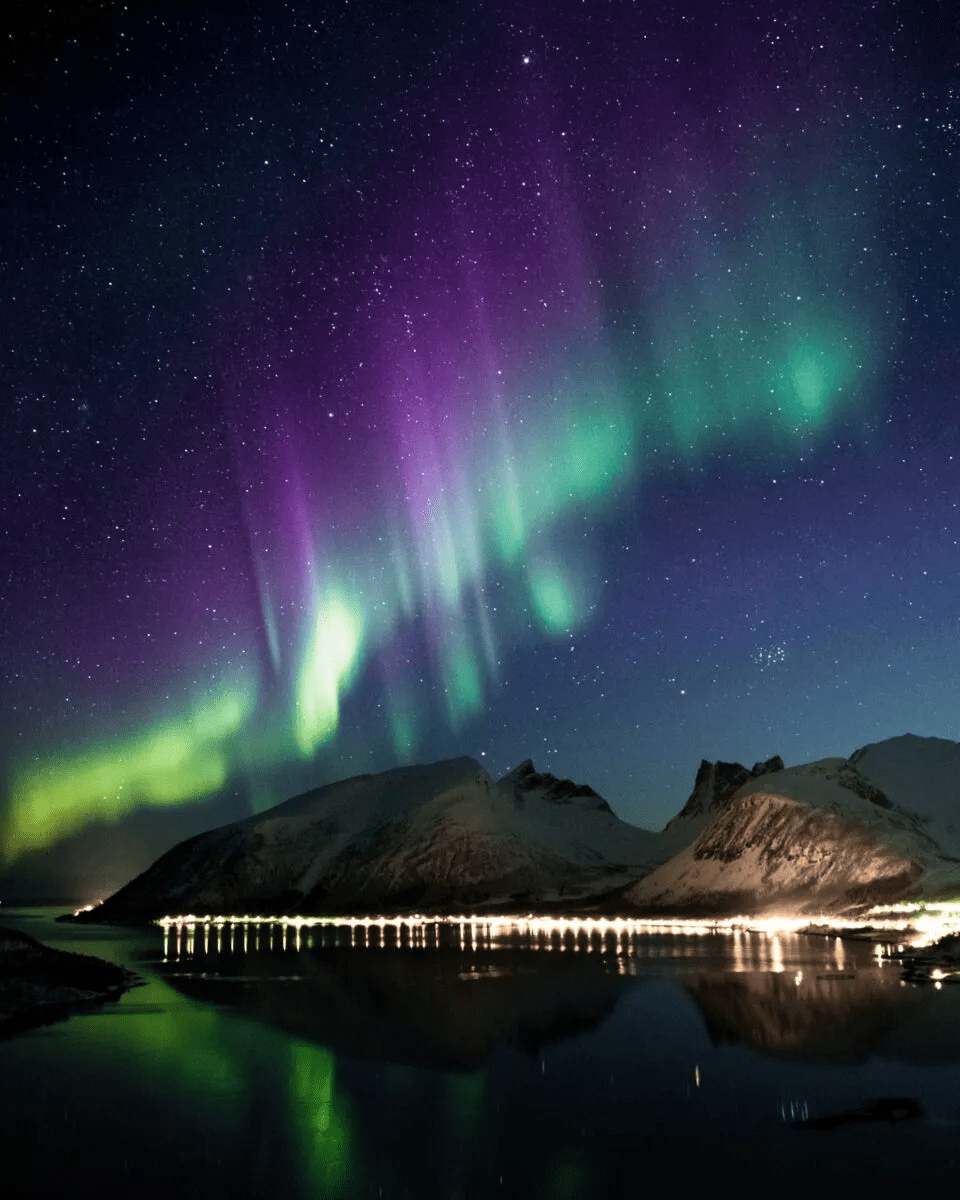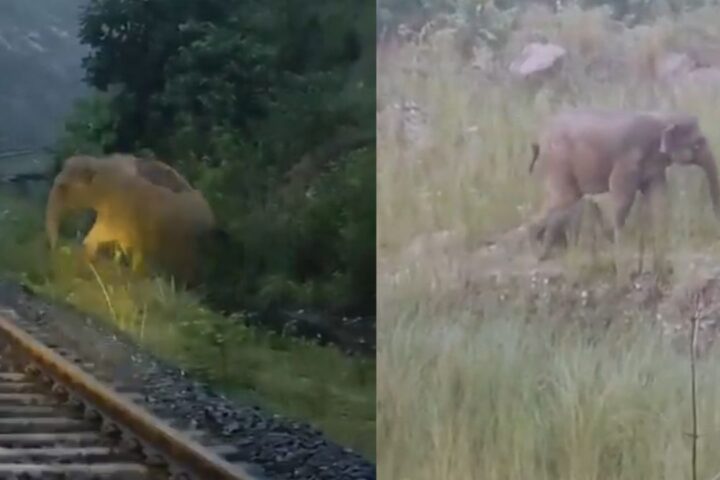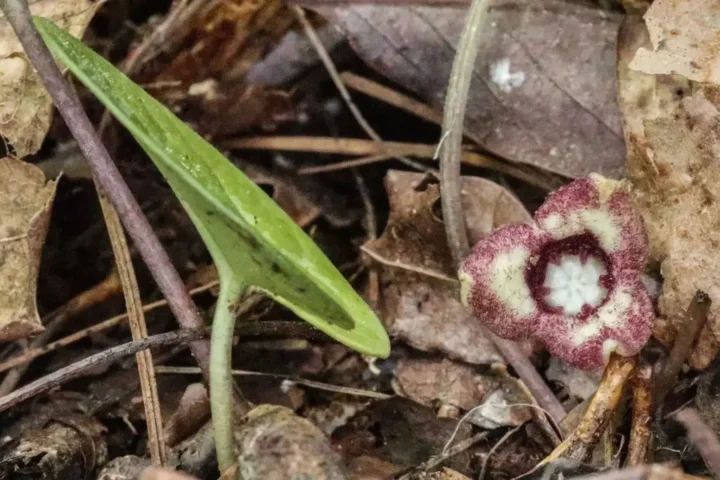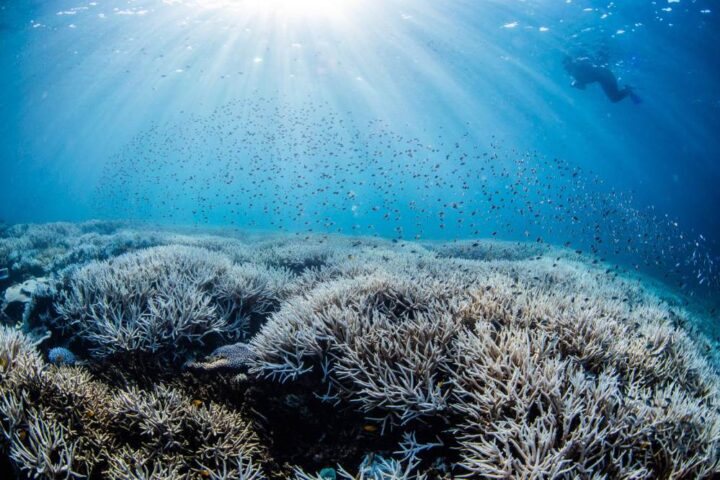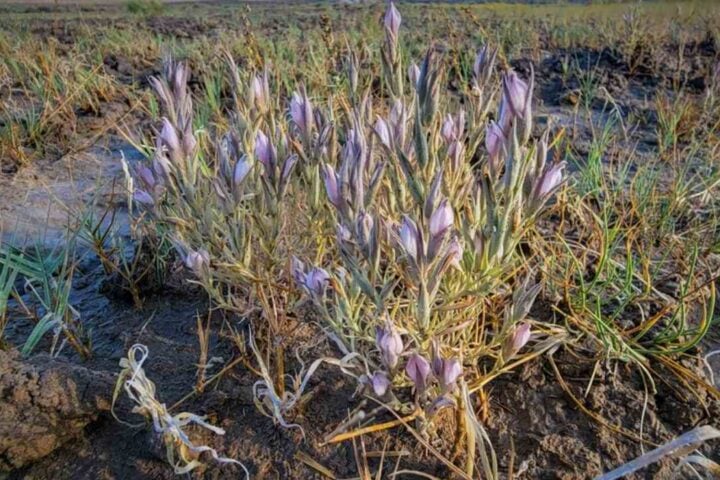On April 23, a geomagnetic storm may trigger an aurora borealis over the Northern Hemisphere from the evening until the next morning. Some states in the U.S.-Canadian border region may most likely witness the Northern Lights. A G-2 level on the Geomagnetic Storm Impact scale is expected to hit Earth, according to NOAA’s Space Weather Prediction Center.
A G-2 event is fairly common and happens about every 360 days over an 11-year cycle. Northern power systems may experience voltage alarms, spacecraft may exhibit orbit changes, and radio frequencies can fade at higher latitudes, according to NOAA. Clear night skies in some northern states like from Washington to Maine, may have a chance to see the aurora.
On Friday, a solar flare erupted on the sun and was directed towards Earth, triggering an aurora borealis that was visible in 18 states. The level of geomagnetic activity is measured on the Kp index scale, which ranges from 0 to 9. The highest value expected for the upcoming event on the Kp index was a 6.3 as of Saturday.
Cloud cover can affect viewing, but most of the Midwest is expected to be nearly cloud-free. The chance to observe the aurora would sink further south if the storm is stronger than expected. The Space Weather Prediction Center has issued a G2 geomagnetic storm watch for Sunday night. There is also a chance of G2 developing into G3 later in the night.
The best viewing time for the Northern Lights is typically between 10 p.m. and 2 a.m. local time. The late weekend event is expected to be much weaker than March’s severe geomagnetic storm. The Northern Lights will be possible to see in 18 states, depending on weather conditions like cloud coverage.
- Washington
- Idaho
- Montana
- Wyoming
- North Dakota
- South Dakota
- Nebraska
- Minnesota
- Iowa
- Michigan
- Illinois
- Indiana
- Michigan
- Pennsylvania
- New York
- Vermont
- New Hampshire
- Maine
- Historic Grand Canyon Lodge Destroyed by Lightning-Sparked Wildfire, North Rim Closed Until 2026
- NYC Flash Floods: Second-Highest Hourly Rainfall Since 1943 Turns Subways Into Waterways (85 characters)
- 42% of Teens Show Blood Sugar Problems as Study Links Diabetes to Bone Damage During Critical Growth Years
- Train Halts 2 Hours for Elephant Birth: India’s Strategy to Prevent 186 More Railway Elephant Deaths
- Deer Creek Fire Creates Rare Pyrovortex: 8,925 Acres Burned, 0% Containment, 5 Homes Destroyed Near Utah-Colorado Border
